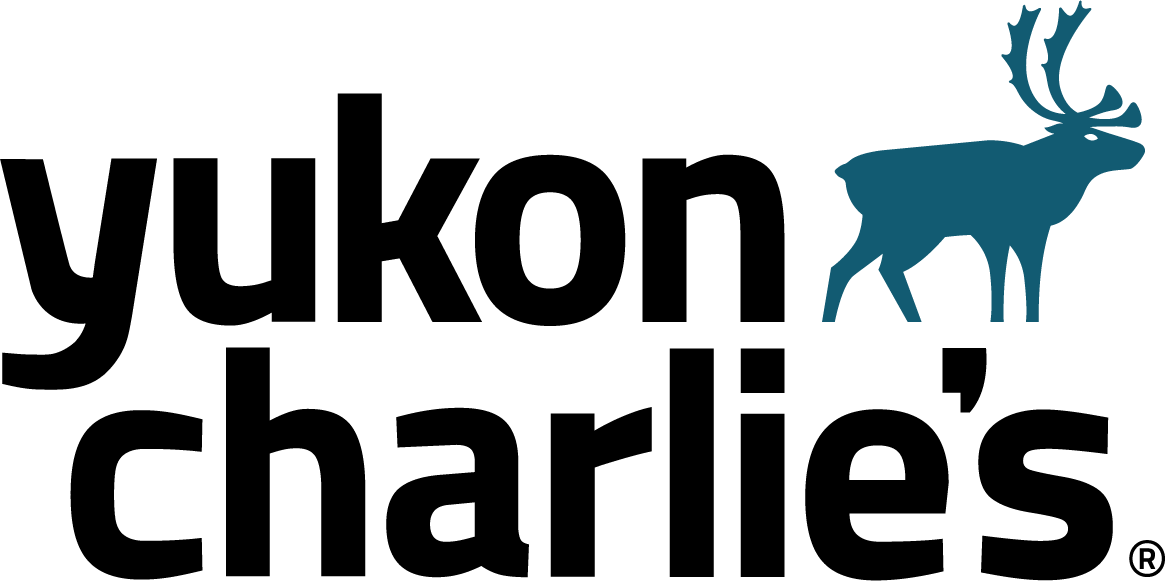Important Accessories for Snowshoeing
Snowshoeing is a fun winter activity that is not only enjoyable but a good exercise. It is a great way to see the outdoors after or during a beautiful snowfall, and an excellent source of fresh air and cardio to strengthen your lungs, the beneficial effects of which stay around for years. Putting together a snowshoe kit that contains your snowshoeing gear AND important snowshoeing accessories will ensure you’re ready to head out for a fun snowshoe outing at your whim.
We like to make it easy for you, by offering starter snowshoe kits in our shop, which include snowshoes, poles, and a snowshoe carrying bag. They’re available with some of our men’s snowshoes, women’s snowshoes, and kids’ snowshoes. Once you’ve got these basics,
Here is a list of other snowshoeing accessories that you should pack with them for the best possible outdoor experience:
1) Waterproof gloves/mittens
While going snowshoeing, wearing properly insulated and waterproof gloves or mittens is essential for you to maintain healthy fingers as well as keeping the rest of your body from losing heat too quickly. Although the strenuous cardiovascular activity may generate a lot of body heat, allowing your wet appendages to stay exposed to the cold or even allowing wet garments to stay in contact with any body part can have detrimental effects. Gloves or mittens with enhanced grip can help, also.
2) Water
Even in the cold atmosphere that permits snowshoeing, dehydration is still prevalent and in need of defending yourself against. You should make sure to pack enough water for the hike, preferably an amount that allows a total of 16 ounces, or more, to be consumed per hour by each person (assuming for snowshoeing with a buddy).
3) Trail snacks
Not only water is important for snowshoeing – bringing trail snacks can be essential as well, considering that anywhere from 420-1000 calories can be burned per hour. High calorie foods that aren’t too rough on the stomach can sometimes mean the difference between a good snowshoeing outing and the possibility of running out strength halfway through, maybe even requiring medical attention.
4) First Aid Kit
Bringing a first aid kit for a snowshoeing trip is of high importance as you can never know exactly what you’ll meet up with while trekking around in the bare elements. Anything can happen, from an allergic reaction at certain foliage (or even foods) to injuries such as twisted ankles, broken bones, frostbite, or lacerations, to smaller but still painful, restrictive things like muscle strain, wind burns, sun burns, chafing, or blisters.
5) Compass and/or GPS unit
Keeping track of where you are is necessary, too, so bringing along a compass and/or GPS unit can prevent getting lost when walking around in a massive wilderness of snow, trees, and shrubs. You should make sure the compass/GPS is waterproof, possibly even solar powered with battery back-up just in case you drop it or plan on spending the night. It can be disorientating to wake up someone unfamiliar, so you will want to be able to find where you are easily. Research on different types may prove smart as certain brands of GPS units and compasses last longer and are more accurate than others.
6) Matches or lighter/light source
As said above, getting lost in the snow-capped wilderness is not usually part of the snowshoeing plan, so along with a device to stay on track, a source of light can help keep you from wandering off the path. Flashlights, lanterns, and other similar equipment is an essential part of snowshoe kits. They should be waterproof as well. In the event of camping out or that even despite the aforementioned precautions, you get lost, you’ll want a source of heat to stay warm in the cold weather. Matches or a lighter often works, and they are best kept in a waterproof case.
7) Hiking Boots & Gaiters
Protecting and giving the proper insulation and comfort for your feet during a long hike is a must. Using sturdy hiking boots for snowshoeing is essential, especially when poor footwear can lead to sore joints, and even hypothermia or frostbite. If the snow is above ankle deep, you should also consider a pair of waterproof gaiters, which wrap around the outside of your show, and prevent snow from getting inside your boots.
By bringing along all these snowshoeing accessories and more, you’ll be able to enjoy your snowshoeing outing without worrying.
Ready to start packing?
Shop Mens Snowshoes (kits are available for the Advanced & Sherpa Series)
Shop Women’s Snowshoes (kits are available for Advanced & Sherpa Womens’ Series)
Shop Kids’ Snowshoes (kits are available for Aluminum & Molded Kids’ Series)
Shop ALL Snowshoe Kits







Hi there I would appreciate that it would be possible to purchase small replacement parts for the snowshoes, Example: pivot or clip parts or sole plates small
plastic strap clips etc I am so satisfied with your product that it would be nice to repir some minor breaks when they appear.
Thank You, what a nice winter, every day in the trails.
Michel Andreoli, Ste Anne des Lacs, Québec
Hi Michel! Thanks so much for the feedback. We are slowly working to build our parts availability, but they are currently sold over on a different site: http://parts.airhead.com/Snow-Sports_c_13.html. At this time, snowshoe bindings and trekking pole replacement baskets are available, and we hope to offer smaller replacement parts once we’re able to get more of them from our factory. In the meantime, if there’s anything you need, you can always request it from our customer service team using the form on this page: https://yukoncharlies.com/contact-yukon-charlies/